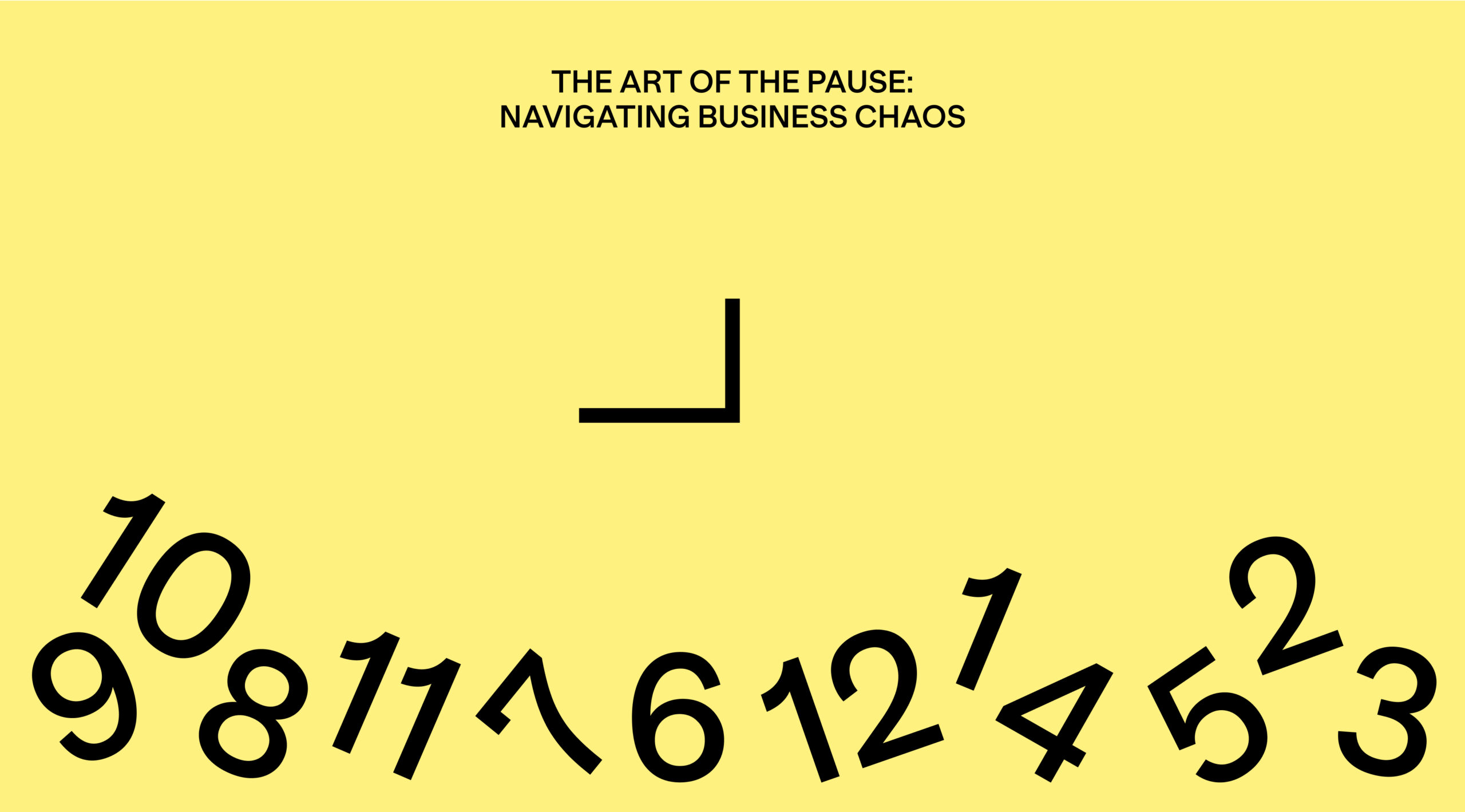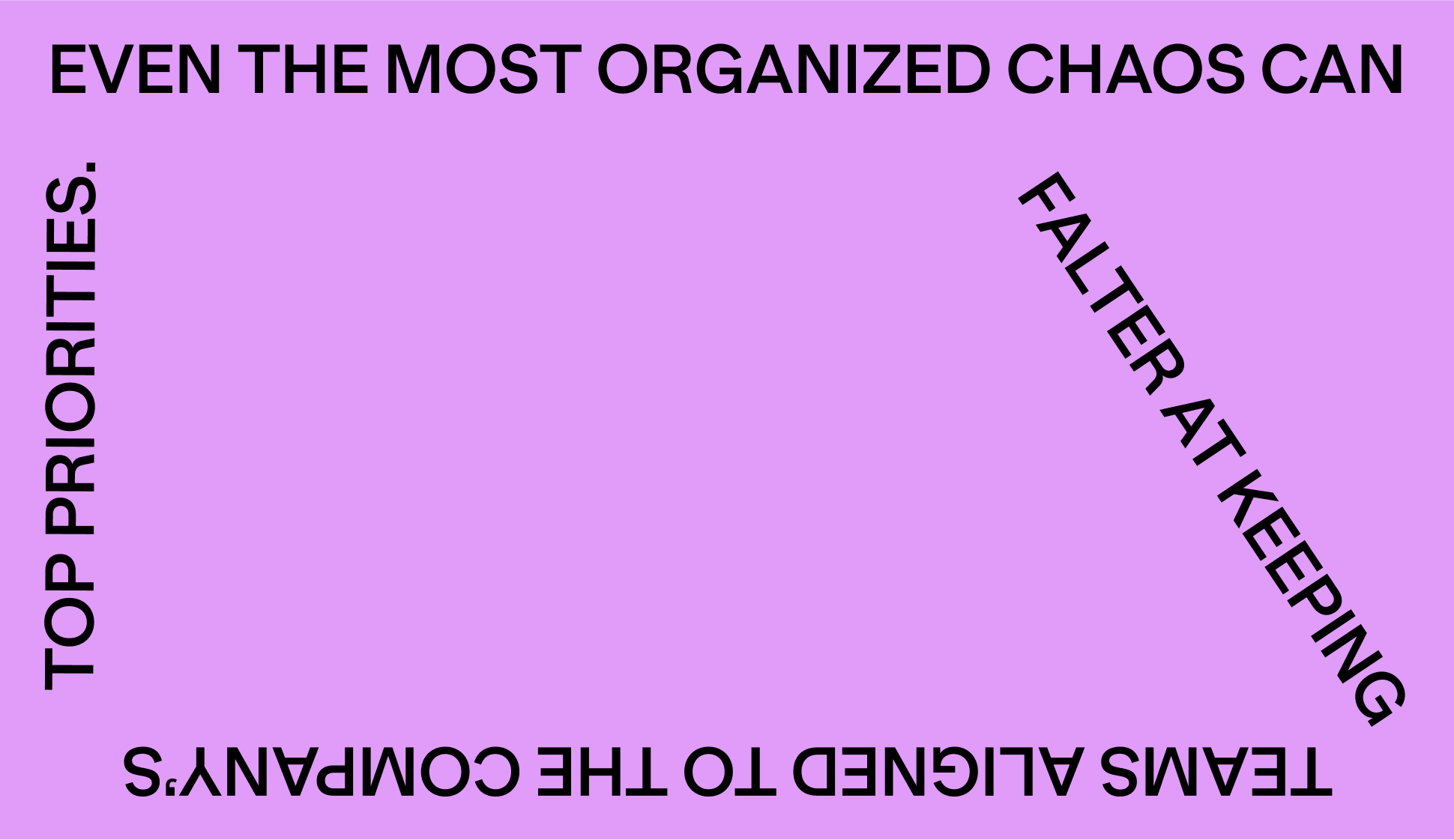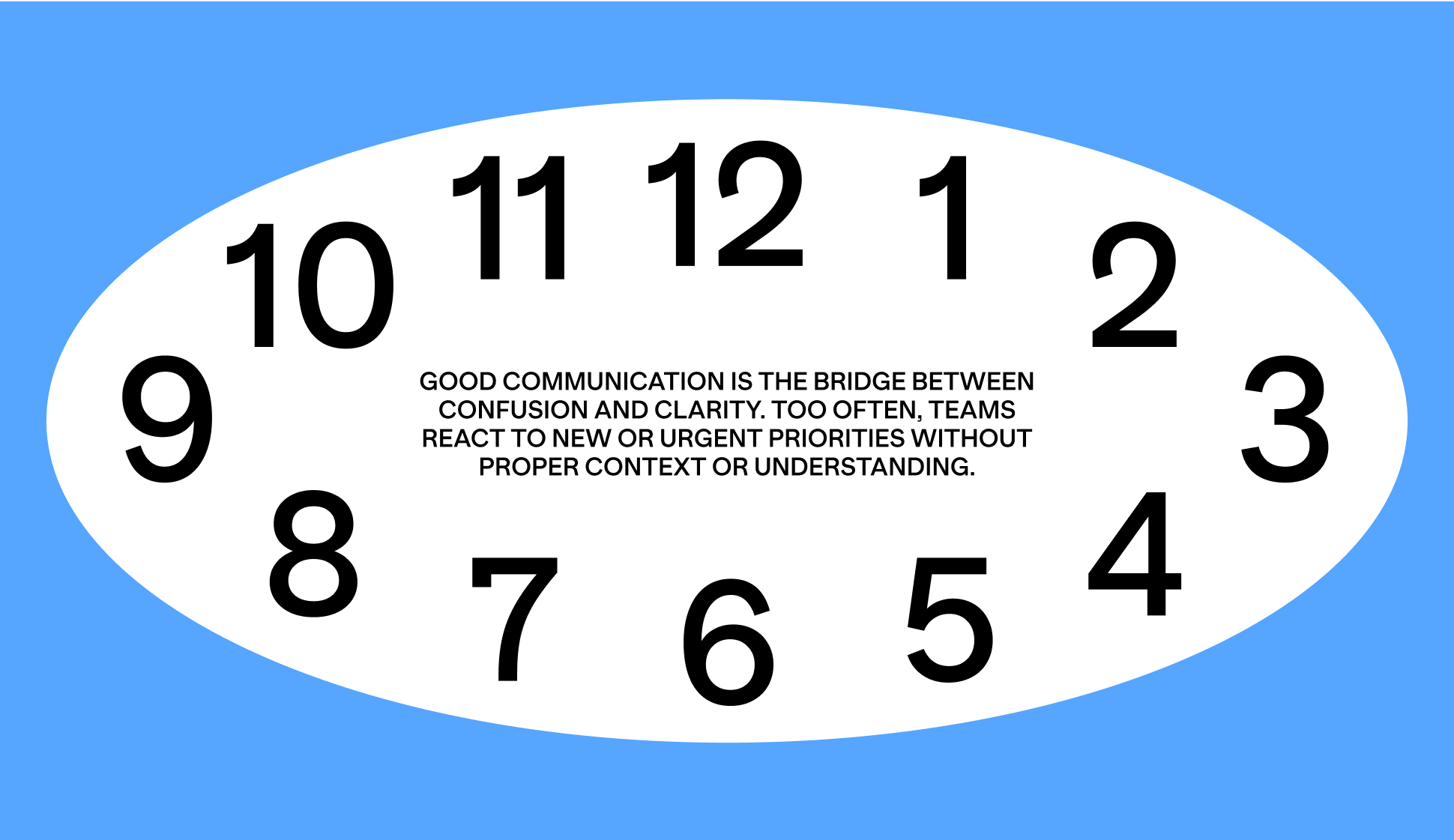
Thoughts from
Jennifer Yen
May 6, 2024
The Art of the Pause: Navigating Business Chaos
In 2017, Airbnb aired an ad at the Super Bowl. It was a 30 second spot that showed a diverse group of people with text that read: “We believe no matter who you are, where you’re from, who you love or who you worship, we all belong. The world is more beautiful the more you accept.” It was the We Accept campaign that my team worked on over the course of 3 days (when it usually takes months to prepare) in coordination with almost every group within the company to pull off. It was a serendipitous opportunity that required the company to have one singular focus that aligned all of our resources driven by the company’s overall mission and priority. It was miraculous that we had done it. Our team was laser focused, determined and clear on what we wanted to achieve. When the 3 days were over, our leadership team asked why we couldn’t do that with all our projects. Unfortunately, there is no simple answer to that question.
In this fast-paced, hyper-connected world, companies are constantly trading off amongst an endless number of demands and distractions at any given time. Even the most organized companies can falter at keeping teams aligned to the company's top priorities. So why is it so hard to keep teams on track? In order to achieve a company’s desired outcome, it requires leaders to filter out the distractions and continuously highlight what is truly important for the organization. The challenge lies in prioritization, focus and an orchestration of communication.

The Challenge: Prioritization, Focus and Communication
Prioritization is how a company decides on what is most important. There are countless articles on the subject, each emphasizing a particular methodology or perspective. Most likely, your company already has an idea of what the top priorities are through some form of strategic roadmap development or annual planning process that took months to create and align on. But more often than not, those priorities can be usurped when new important or urgent updates get introduced because the rank order of priorities are unclear. Instead of making tough trade-offs on what has already been committed to being done, most companies take an “AND” mentality by adding the new priority to the already long list of existing priorities.
Focus is how a company allocates a disproportionate amount of attention and resources to a priority. As more priorities get added on, it inevitably diverts focus. And with that, comes dispersed action. Team’s goals become misaligned, leading to unnecessary busyness, wasted resources and lost productivity chasing after potentially conflicting agendas. When this happens, companies tend to do large clean up exercises (for a few months) to get perspective in hopes of pulling everything back together and creating more alignment and integration.
Finally, the orchestration of communication is how a company shares information and determines how effectively individuals, teams and the organization as a whole operates. It has been said that good communication is the bridge between confusion and clarity. Too often, teams react to new or urgent priorities without proper context or understanding. So once teams are misaligned or have competing priorities for their attention, it requires a complete restructuring of information and organization of resources so things can move in the desired direction again. This restructuring or reorganization requires time, energy and resources that slows down decision-making in the hopes of being able to speed things up later. It also brings us back to the issue of understanding the prioritization.

The Solution: Organizing the Chaos
Having directly supported many C-suite leaders, I’ve seen that these leaders can be the instigators of the inadvertent chaos.
In the C-Suite
C-suite leaders should recognize that they have positional power, so even casual requests or ideas can cause teams to spring into action. And without proper caveats, teams will inadvertently make certain assumptions and over time, may start to make assertions without leaders ever making a request. This can divert attention away from critical work as well as create unnecessary stress and anxiety.
What I have found to be effective for C-suite leaders in side-stepping this chaos is:
1) Making sure they share their thought process. They are most likely leapfrogging ideas and making connections beyond what is being discussed. However, communication is key and the understanding of what has been communicated is even more critical to ensure priorities stay intact.
2) Being clear in your direction. State when it is directional or if you have specific intent or expectations. Ensure you always clarify what is most important.
3) Having someone on your team that understands the greater vision and priority that can help provide the structure and organization needed to maintain focus and attention on the priorities. Maintain access to you through this person to provide clarity and work through details you otherwise would not be able to do personally to ensure there are no misalignments.
The executive leadership team
The creation of chaos and confusion isn’t always isolated in the C-suite. Communication of priorities within an organization can be a game of telephone where the message can quickly evolve into something completely different. Depending on their own vantage point, all the leaders down the chain of command can interpret things differently or be motivated to respond in a certain way to align to their own respective mandate and remit.
The next layer of management is the key component of an organization staying focused. This group of leaders are not only critical in determining and deciphering what incoming new priorities are worth attending to or not, but also when and how to make necessary trade-offs or changes. However, leaders are often unaware of the level of effort necessary to fulfill these new demands and the trade-off required. So it’s imperative to set clear guidelines on how to evaluate new priorities and projects, establish appropriate processes for review and communication, and lastly provide a culture of psychological safety to openly discuss and debate constructive concerns to determine true urgency and importance.
Every employee
One of the biggest pitfalls I have seen employees make is assuming someone else has vetted the WHY of a request. Too often, things are passed down and taken at face value or general understanding. In order to ensure priorities and focus, it requires teams to ask clarifying questions, communicate if things are unclear and ensure everyone has the same alignment and understanding of what is most important, especially if things have shifted or are shifting. It may not always result in satisfactory answers or reasoning, but being curious and seeking understanding is core to strategic thinking, which is what every company wants their talent to be utilizing when evaluating and executing company priorities.
Using the Pause
All companies want teams to operate with speed, agility and focus - and ultimately effectiveness. So much of that relies on being aligned on company priorities, the ability to stay focused amongst all the challenges and opportunities and keeping what is most important both top of mind while communicating effectively. Ultimately, the best advice is to take a short pause when anything urgent and/or important threatens to derail the current path. Make sure you are clear on the WHY and you’ve had a chance to ask clarifying questions to understand the implications, then devise a plan of action that is aligned to the priorities you’ve agreed upon.

About the author
Jennifer Yen heads up CōLab’s strategy and operations, building capabilities to support our studio’s portfolio companies and their continued growth and success. Before CōLab, she led marketing strategy and operations at Google Cloud Americas and led Airbnb’s global brand marketing operations, helping launch some of the most iconic campaigns for the company. Before Google and Airbnb, she gained extensive experience operating in retail, ecommerce, and fintech, working at Snapfish, Levi’s, American Express, and PayPal.
